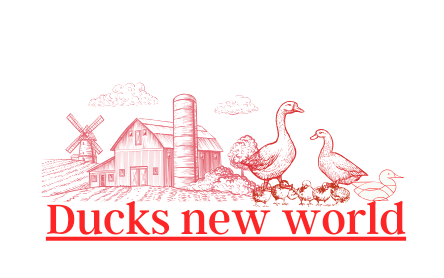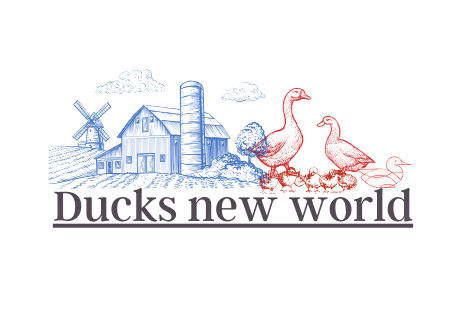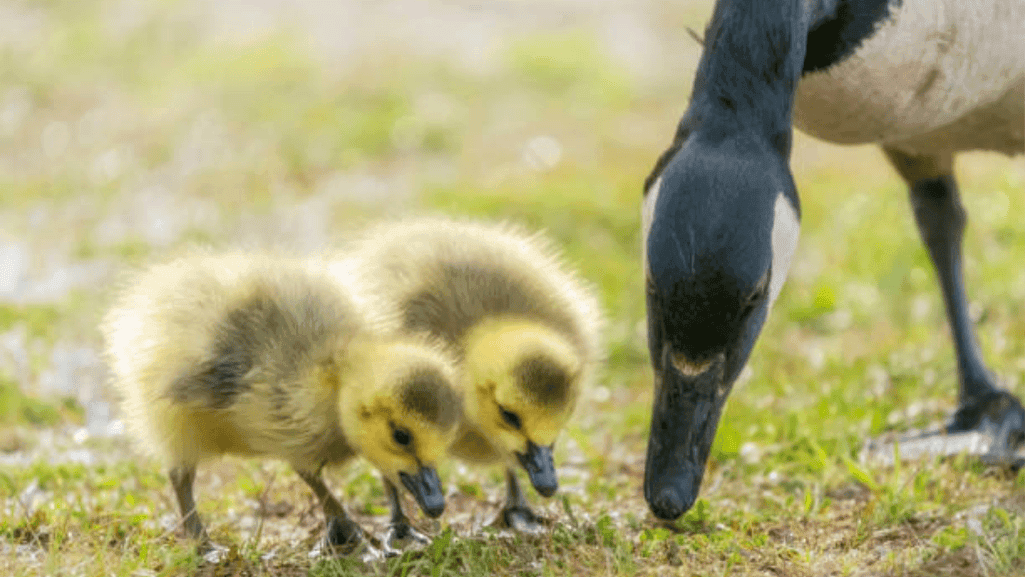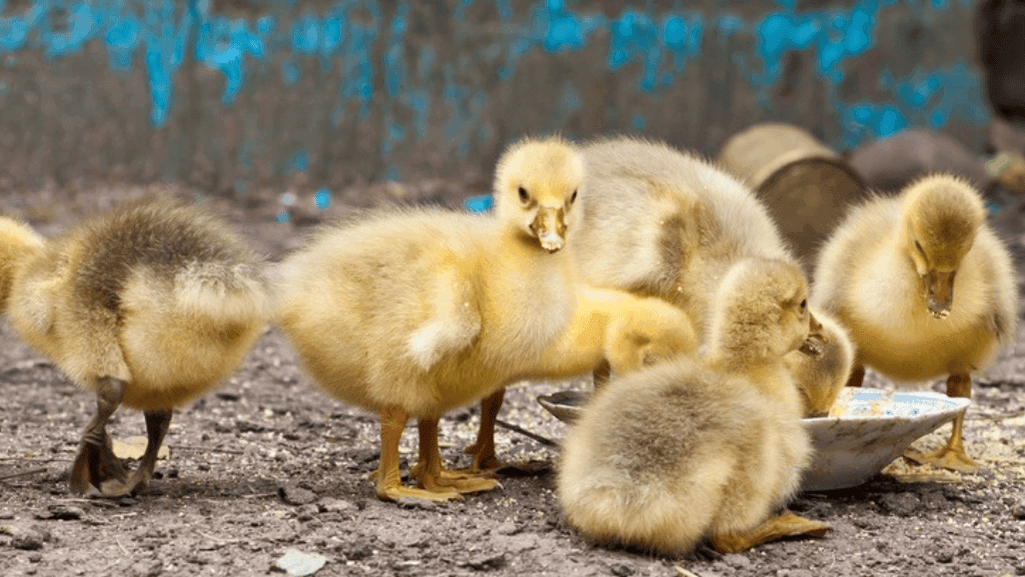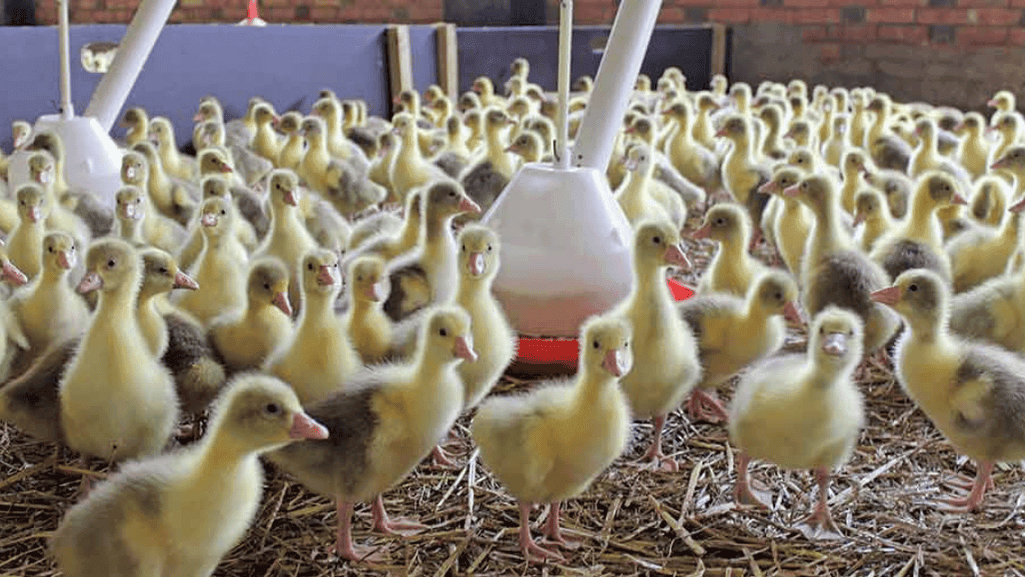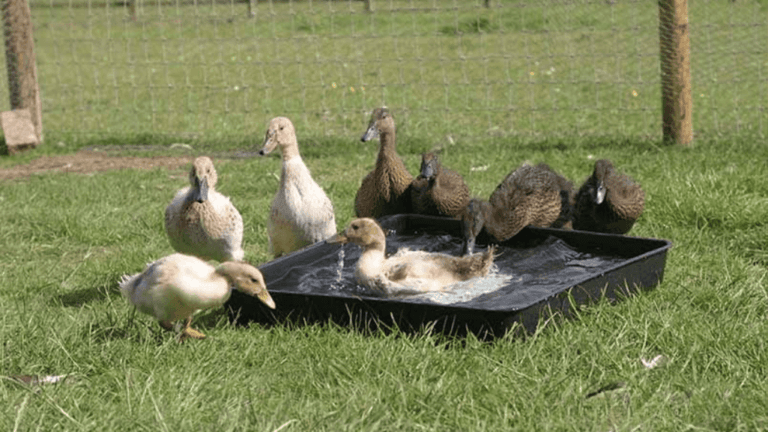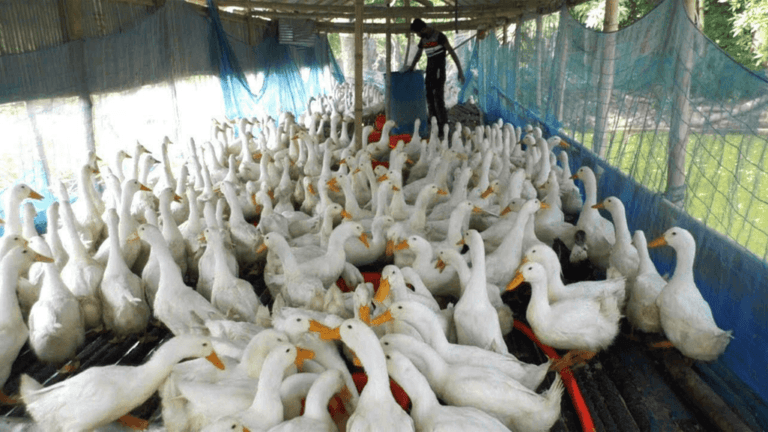Raising healthy goslings starts What to Feed Goslings with proper nutrition. These young birds need a balanced diet to support their rapid growth and development. Just like other waterfowl, such as ducklings, goslings require specific nutrients to thrive.
From the first week, a high-protein starter feed is essential. Non-medicated chick starter feed is ideal, as it provides the necessary protein levels for early growth. Adding brewers yeast and oats can further enhance their diet.
Fresh, clean water is just as important as food. Moistening the feed with water can help goslings ingest it more easily. Proper feeding practices also prevent health issues like angel wing and leg strain.
Experienced poultry keepers have developed comprehensive feeding strategies. These include age-specific diets and the right balance of vitamins and minerals. This guide combines practical advice with expert research to ensure your goslings grow strong and healthy.
Key Takeaways
- Goslings need a high-protein starter feed for the first few weeks.
- Non-medicated chick starter feed is the best option.
- Fresh water is crucial and can be used to moisten feed.
- Proper nutrition prevents health issues like angel wing.
- Expert strategies ensure balanced growth and development.
Understanding Gosling Nutritional Needs
Proper nutrition is the foundation for raising strong and healthy goslings. These young birds require a balanced diet to support their rapid growth and development. Key nutrients like protein, calcium, and essential minerals play a vital role in their overall health.
Water is crucial for digestion and nutrient absorption. Goslings should have constant access to clean water, which can also be used to moisten their feed. Additionally, grit helps break down food particles in their gizzard, ensuring efficient digestion.
Importance of Balanced Nutrition and Key Nutrients
Goslings need a diet rich in protein, especially during their first few weeks. A starter feed with around 20% protein is ideal for early growth. Calcium is equally important for bone development, while minerals like niacin support metabolic functions.
According to Dr. Jacquie Jacob, a poultry nutrition expert, “Providing the right balance of nutrients ensures healthy growth and prevents common health issues.” This scientific backing underscores the importance of a well-planned diet.
The Role of Water, Grit, and Foraging
Water aids in digestion and helps goslings process their food effectively. Grit, such as small rocks or oyster shells, is essential for grinding feed in the gizzard. As goslings grow, they naturally begin foraging for grass and other greens, which provide essential vitamins and encourage healthy feeding behavior.
Foraging not only supplements their diet but also promotes physical activity. Integrating natural foods with commercial feeds ensures a well-rounded diet. For more tips on raising baby geese, explore our comprehensive guide.
What to Feed Goslings: Essential Foods and Nutrients
Ensuring goslings thrive involves providing the right mix of essential foods and nutrients. A balanced diet supports their rapid growth and overall health. From starter feeds to natural supplements, each component plays a vital role.
Complete Feed Options and Nutritional Supplements
High-protein starter feeds are crucial for the first few weeks. Non-medicated chick starter feed, with around 20% protein, is ideal for early growth. As goslings age, transitioning to grower feeds with slightly lower protein levels ensures continued development.
Supplements like brewers yeast and rolled oats are often added to prevent issues like angel wing. Brewers yeast provides niacin, essential for bone and joint health. Rolled oats are easy to digest and offer additional nutrients.
Pellet forms of feed are preferred over crumbles, as they reduce the risk of choking. Moistening the feed with water can also make it easier for young birds to swallow. These small adjustments can significantly impact their health.
Integrating Natural Foods with Commercial Feeds
Natural foods like grass and weeds are excellent supplements to commercial feeds. Goslings naturally begin foraging as they grow, which provides essential vitamins and encourages healthy feeding behavior. Fresh grass should be a staple in their diet.
Free-choice grains, such as wheat, can be added to their diet for variety. These grains are easy to digest and provide additional energy. Combining natural foods with commercial feeds ensures a well-rounded, nutrient-rich diet for healthy growth.
For more detailed guidelines on raising goslings, explore our comprehensive guide on nutrient-rich diet for healthy growth.
Managing Feeding by Age and Growth Stage
Feeding goslings effectively requires understanding their changing needs at each growth stage. From hatchlings to mature geese, their dietary requirements evolve significantly. Tailoring their diet ensures they grow strong and healthy while avoiding common health issues.
Starter Stage (Hatch to 3 Weeks) and Protein Requirements
During the first three weeks, goslings need a high-protein diet to support rapid growth. A starter feed with 20-22% protein is ideal. Non-medicated chick starter feed is a safe and effective option. This stage is critical for developing strong bones and muscles.
Fresh water should always be accessible. Moistening the feed with water helps young birds swallow it more easily. Supplements like brewers yeast can provide essential niacin, preventing leg problems.
Grower Stage (3 to 16 Weeks) and Grass Introduction
From three to sixteen weeks, goslings transition to a grower feed with slightly lower protein levels. Introducing fresh grass and weeds is essential at this stage. These natural foods provide vitamins and encourage healthy foraging behavior.
Pellet feeds are recommended over crumbles to prevent choking. Whole wheat can be added for variety and energy. This stage focuses on balanced growth and preparing the birds for free-ranging.
Free Ranging and Layer Stage (17 Weeks and Beyond)
At seventeen weeks and beyond, geese can thrive on a combination of free-ranging and supplemental feeds. Pasture should make up the majority of their diet, providing up to 80% of their nutritional needs. Supplement with poultry feed to ensure they receive all essential nutrients.
During the breeding season, offer free-choice oyster shell and waterfowl feed. Clean bathing water should be provided regularly to improve fertility and overall health.
Conclusion
Raising healthy young waterfowl begins with a starter feed rich in protein. This supports rapid growth during the first few weeks. Gradually introduce fresh grass and weeds as they mature, encouraging natural foraging behavior.
Proper feed preparation, like moistening pellets with water, ensures easy digestion. Combining commercial feeds with natural supplements promotes robust development. Monitoring intake and adjusting diets as needed keeps your birds thriving.
For more detailed strategies, explore our guide on hatching goose eggs. This resource offers valuable insights into early care and nutrition.
